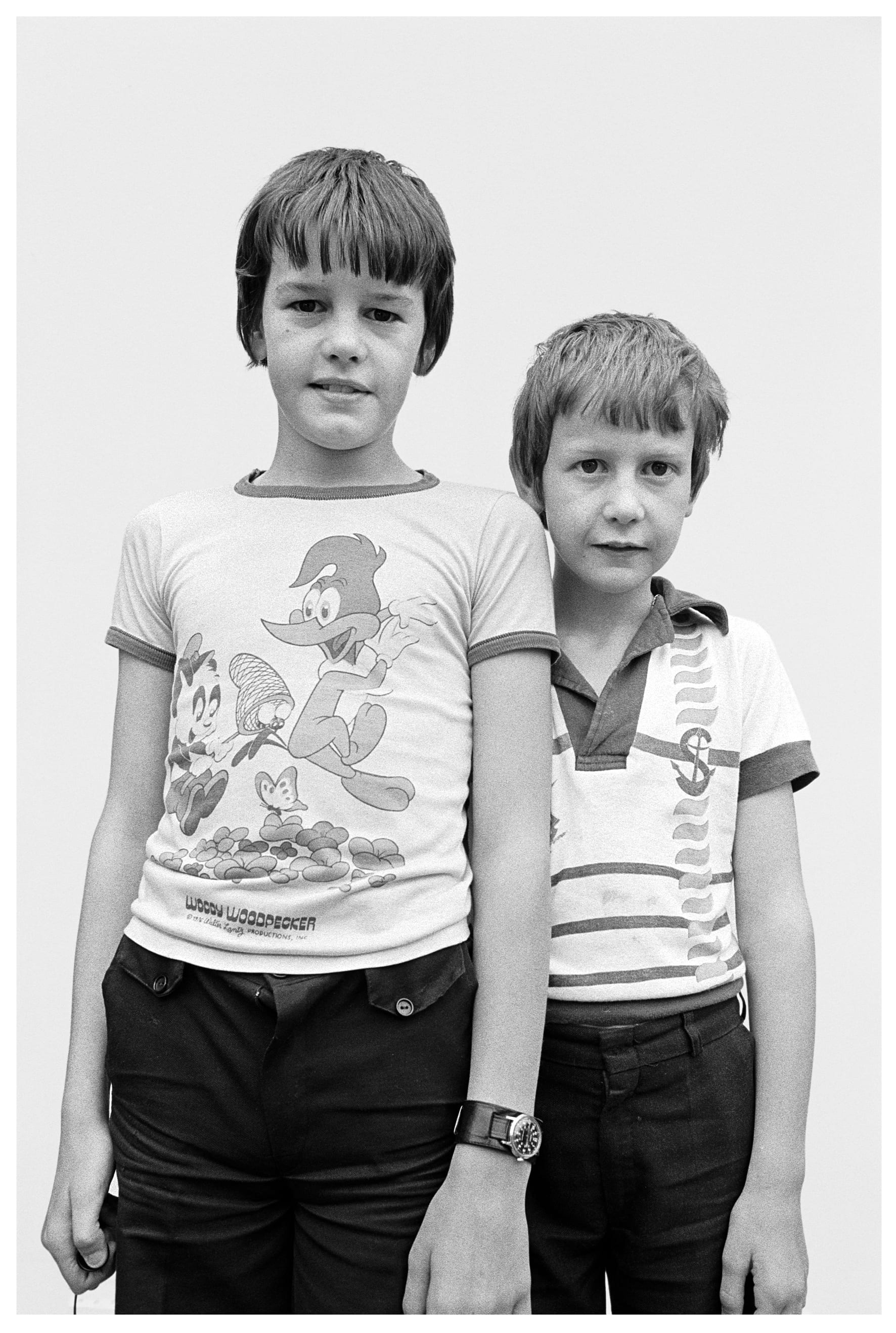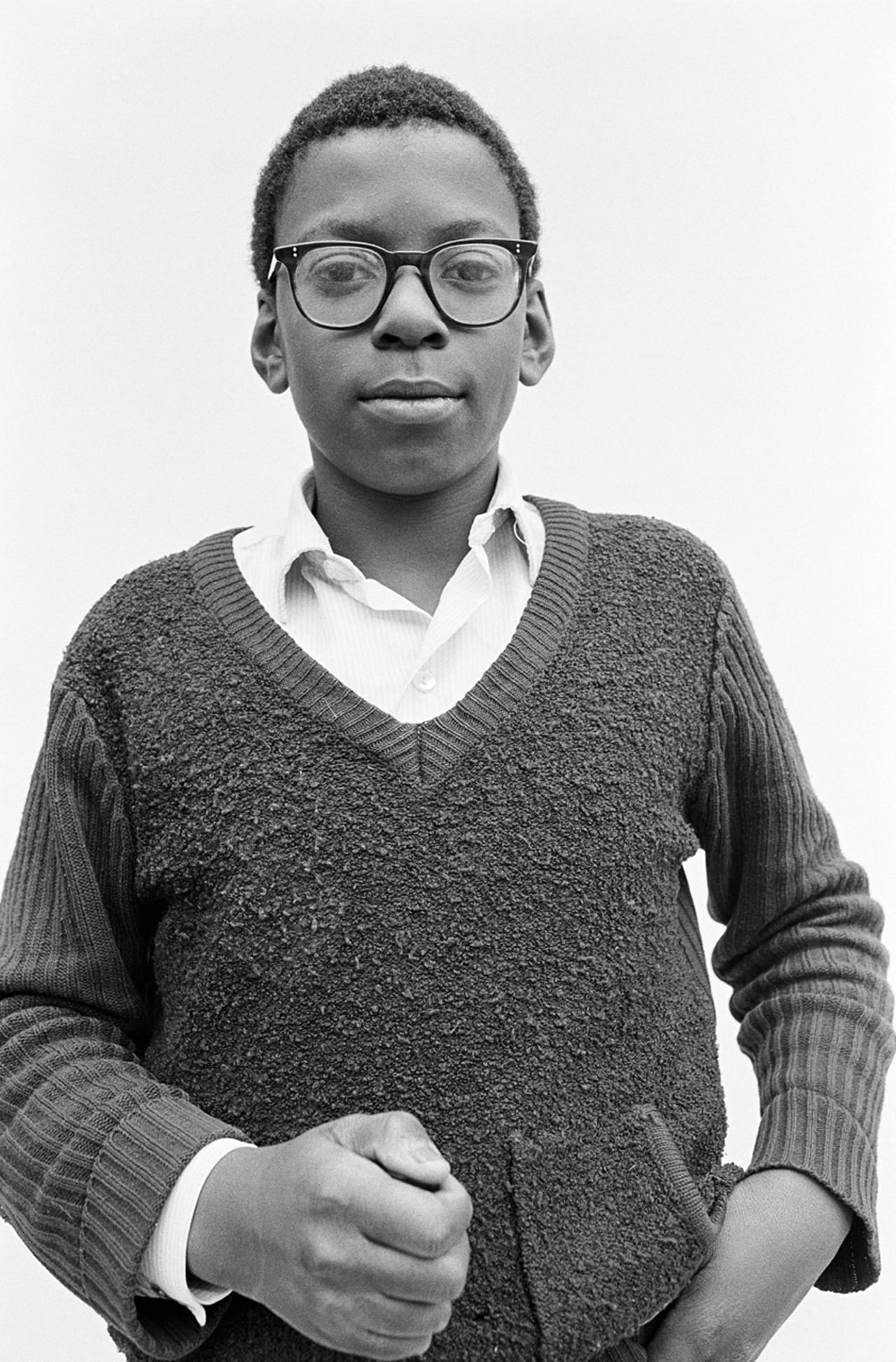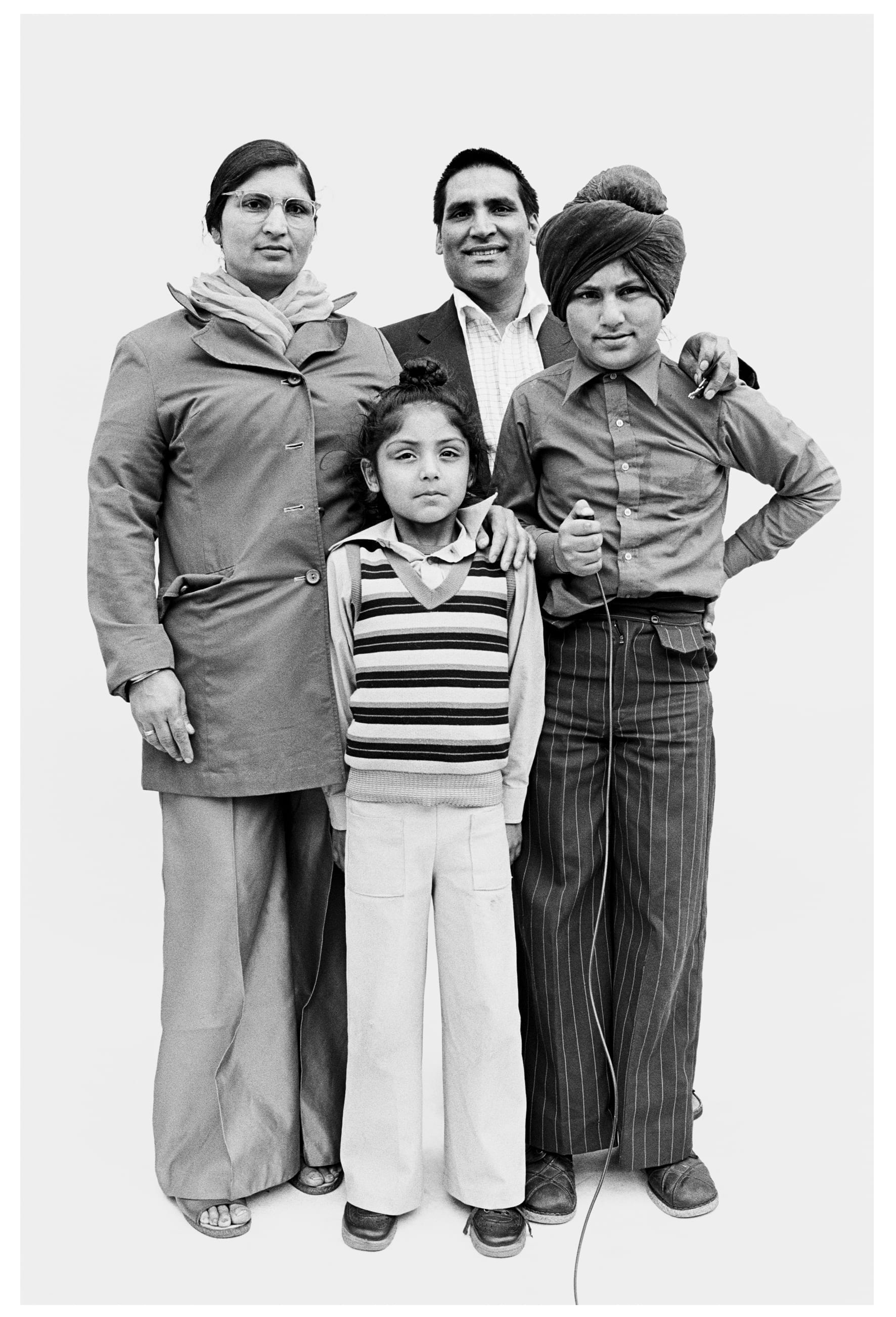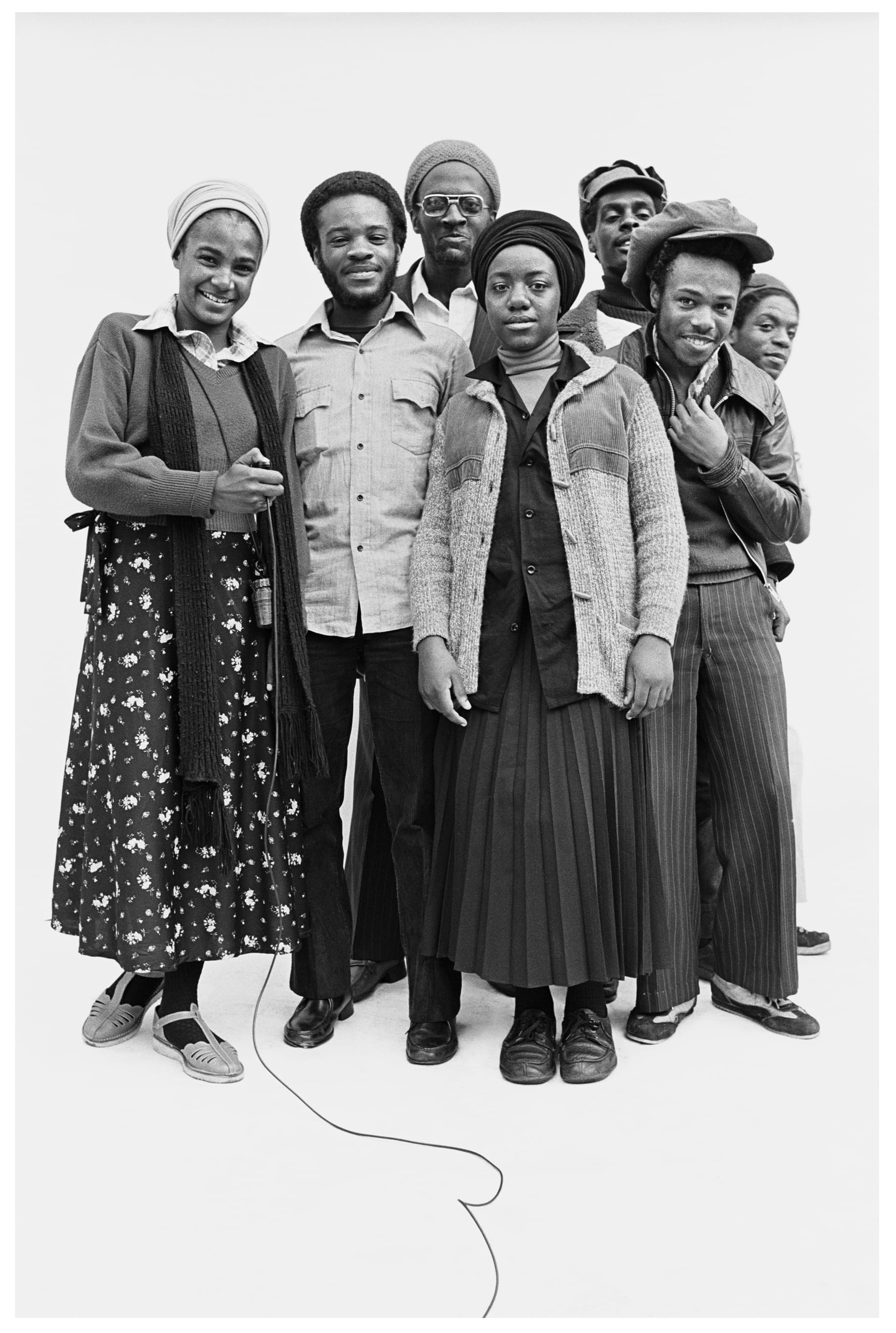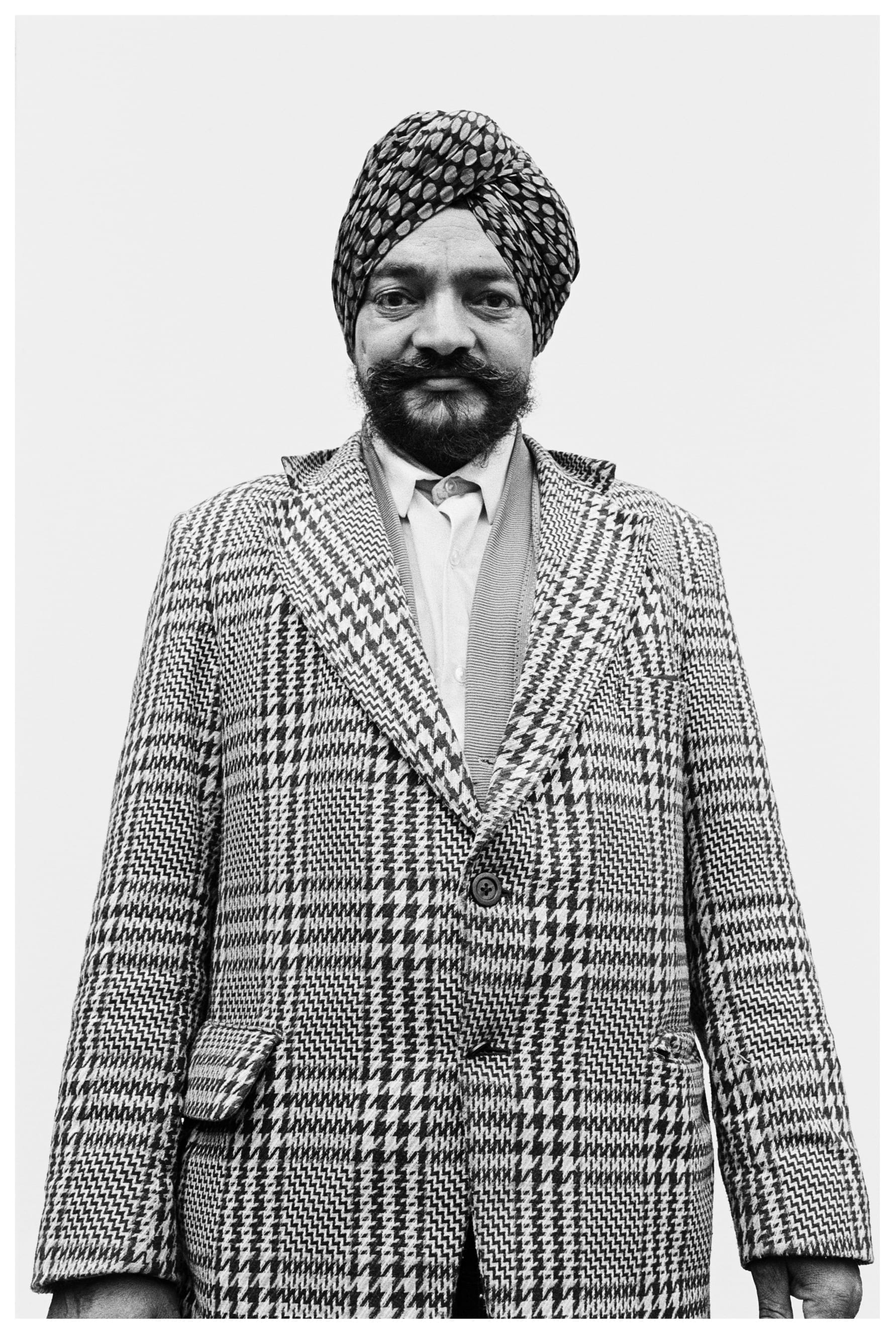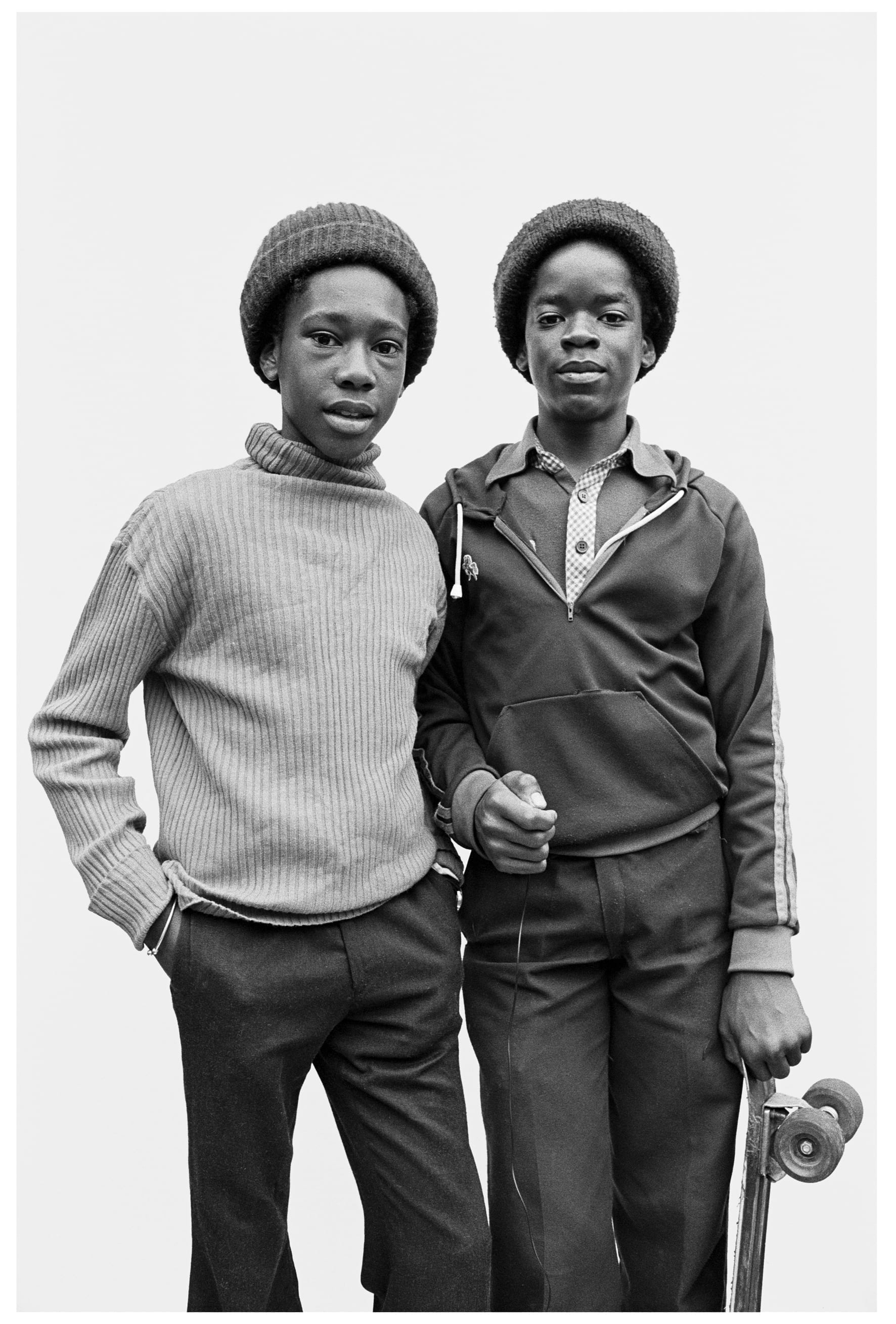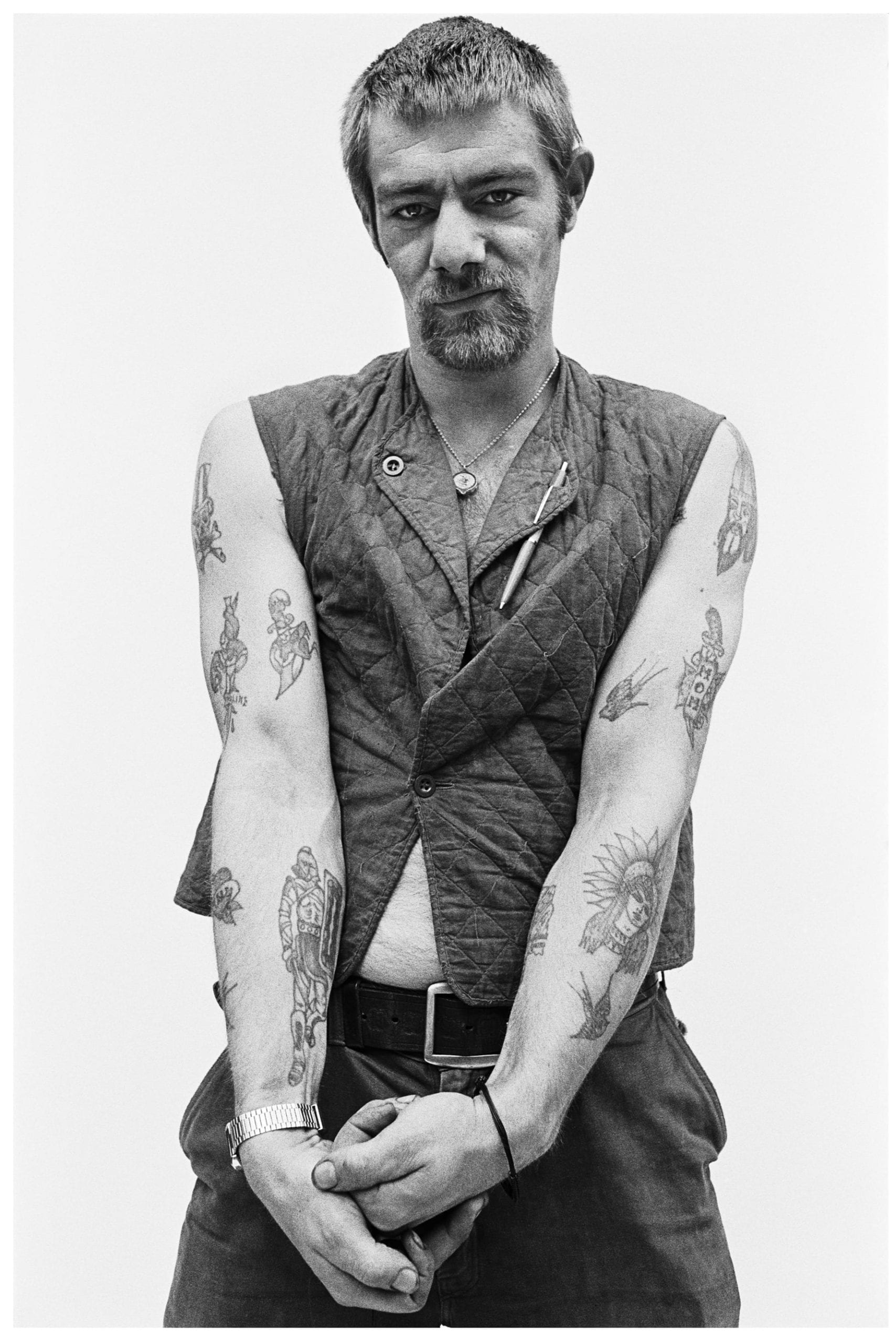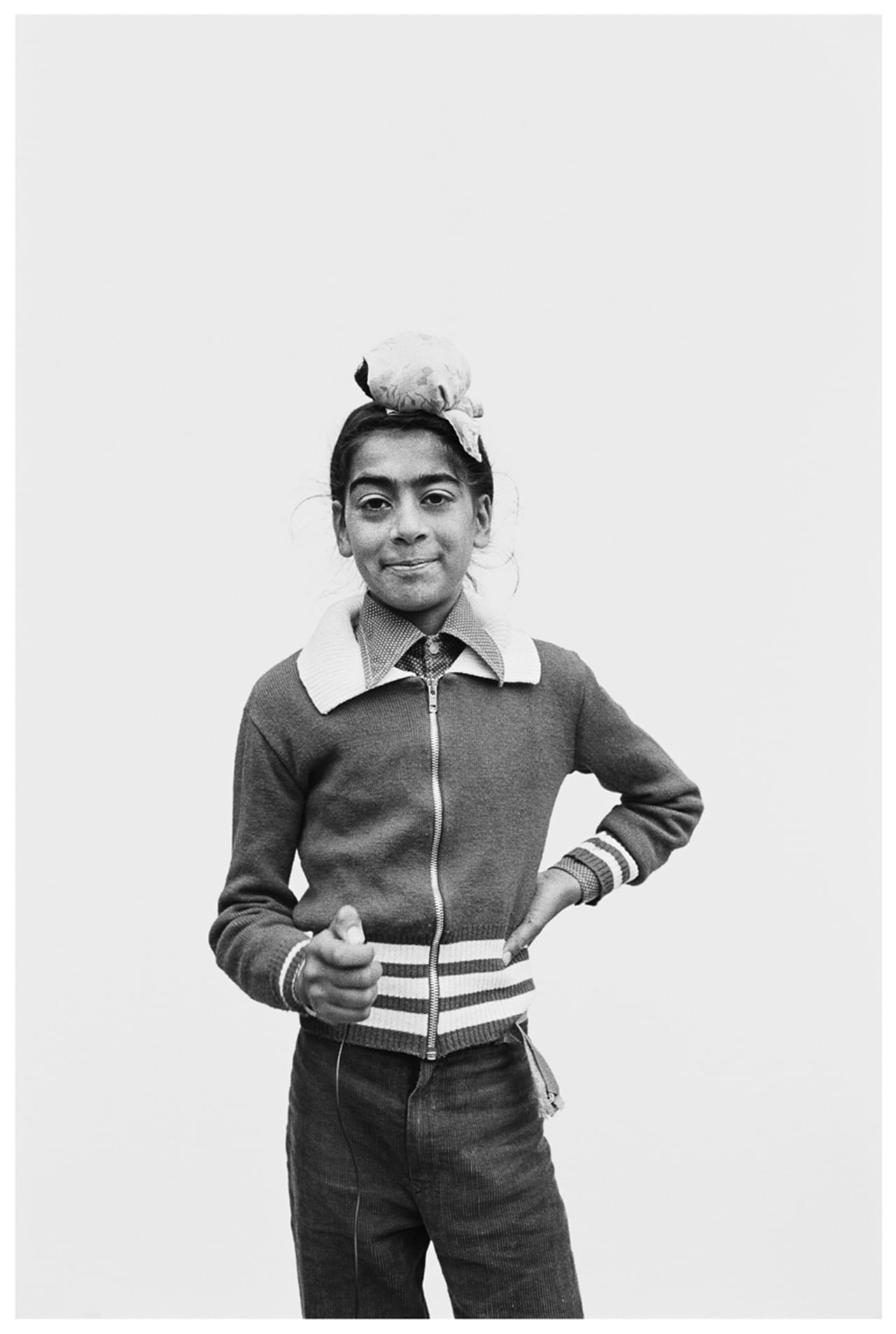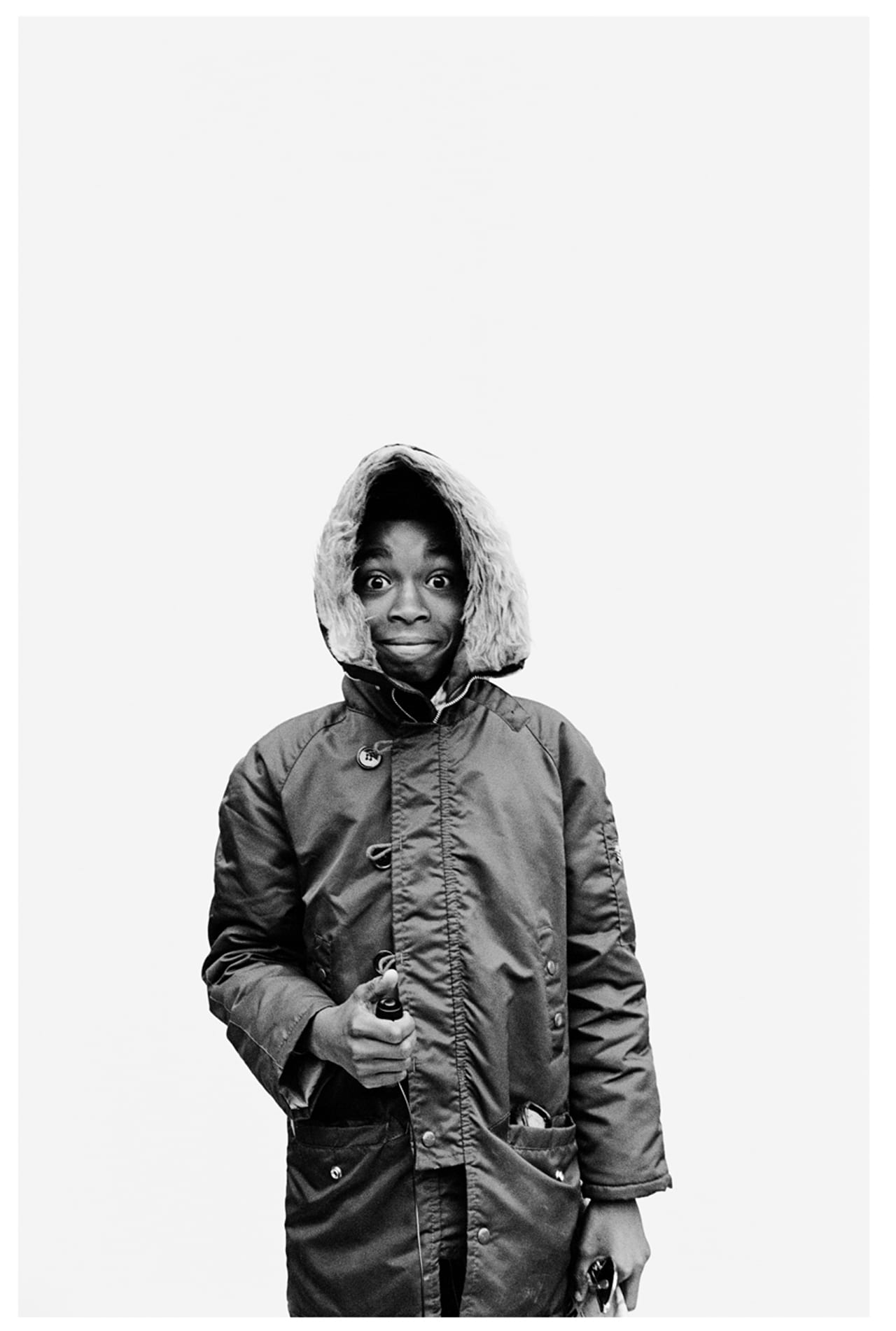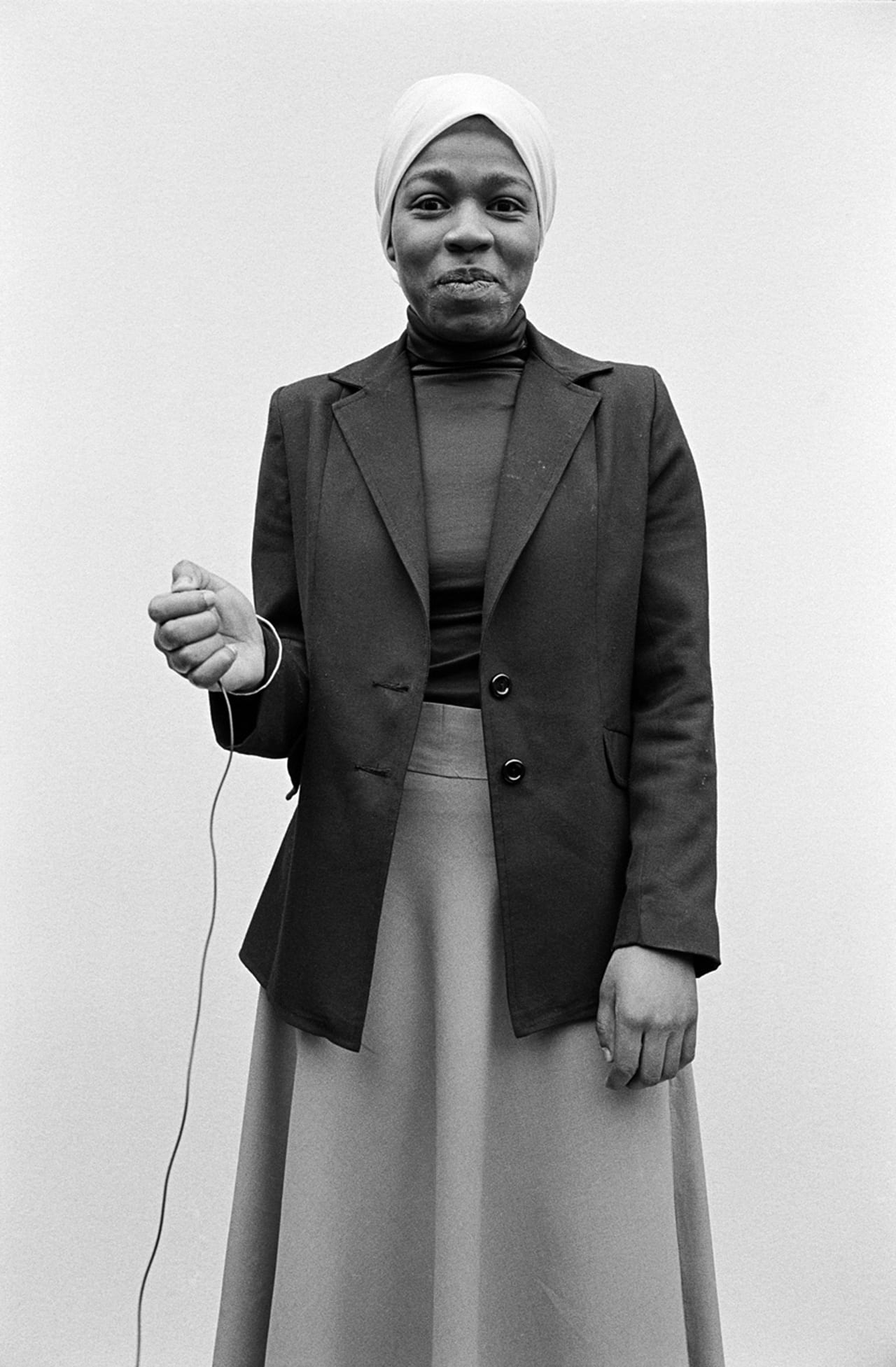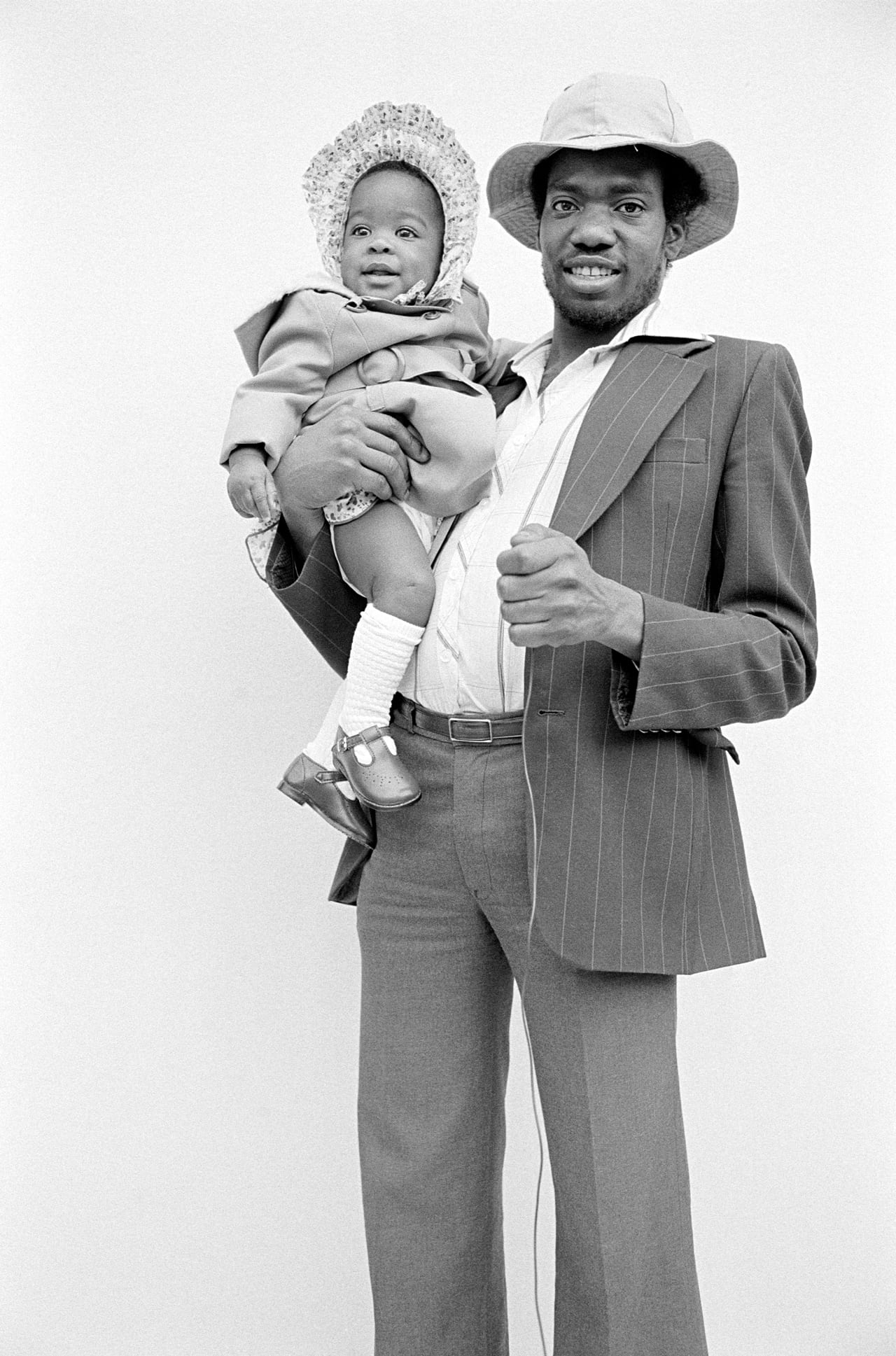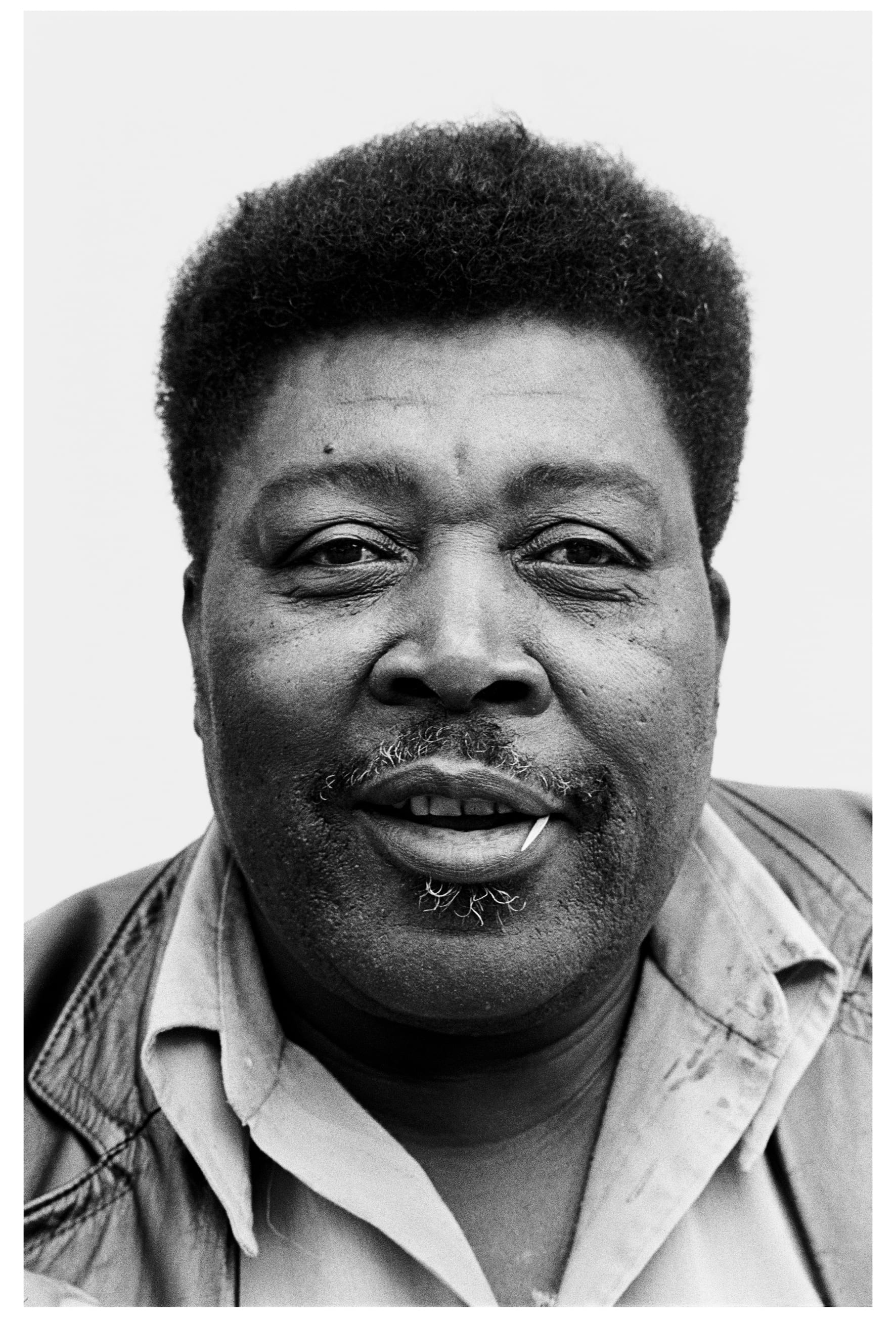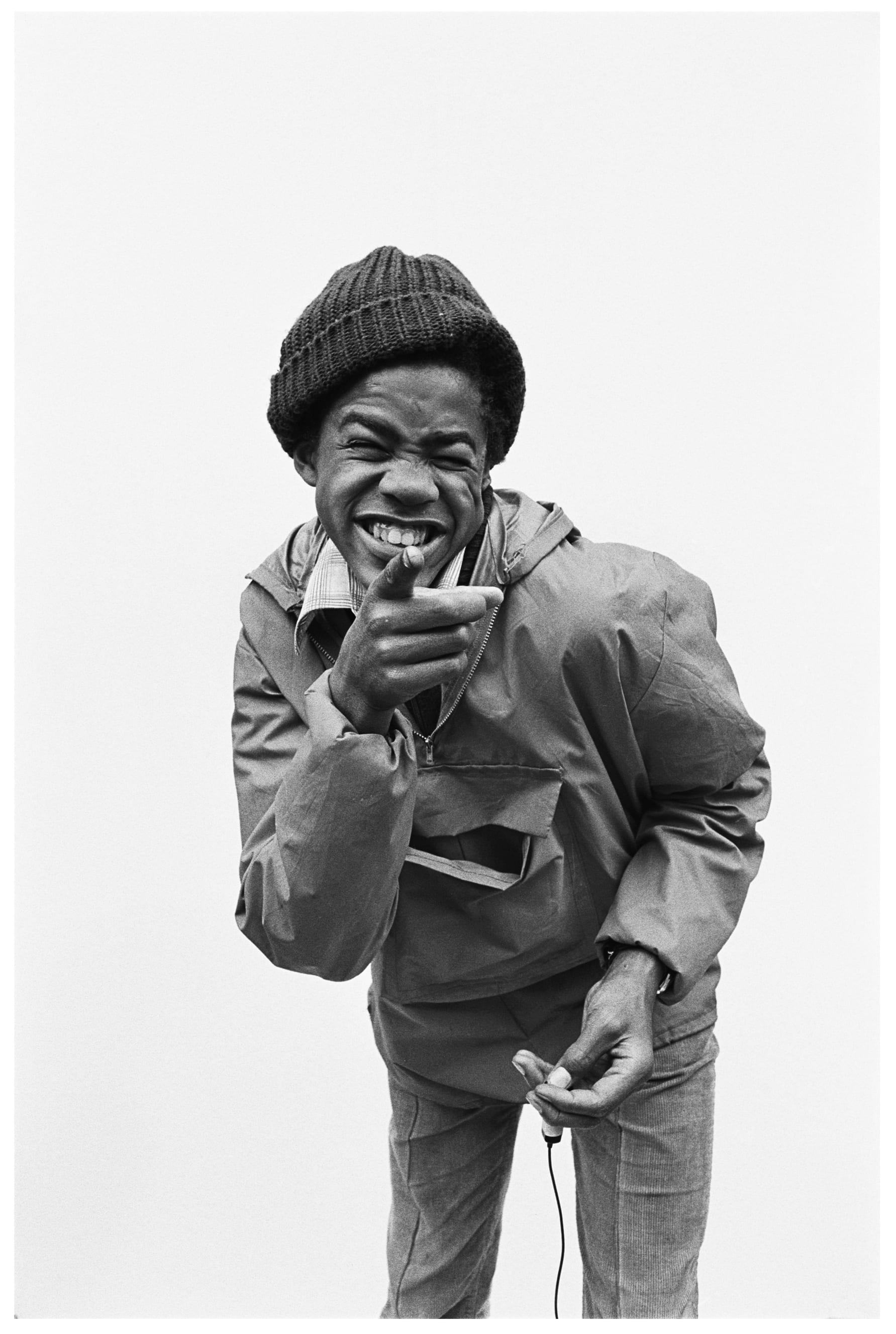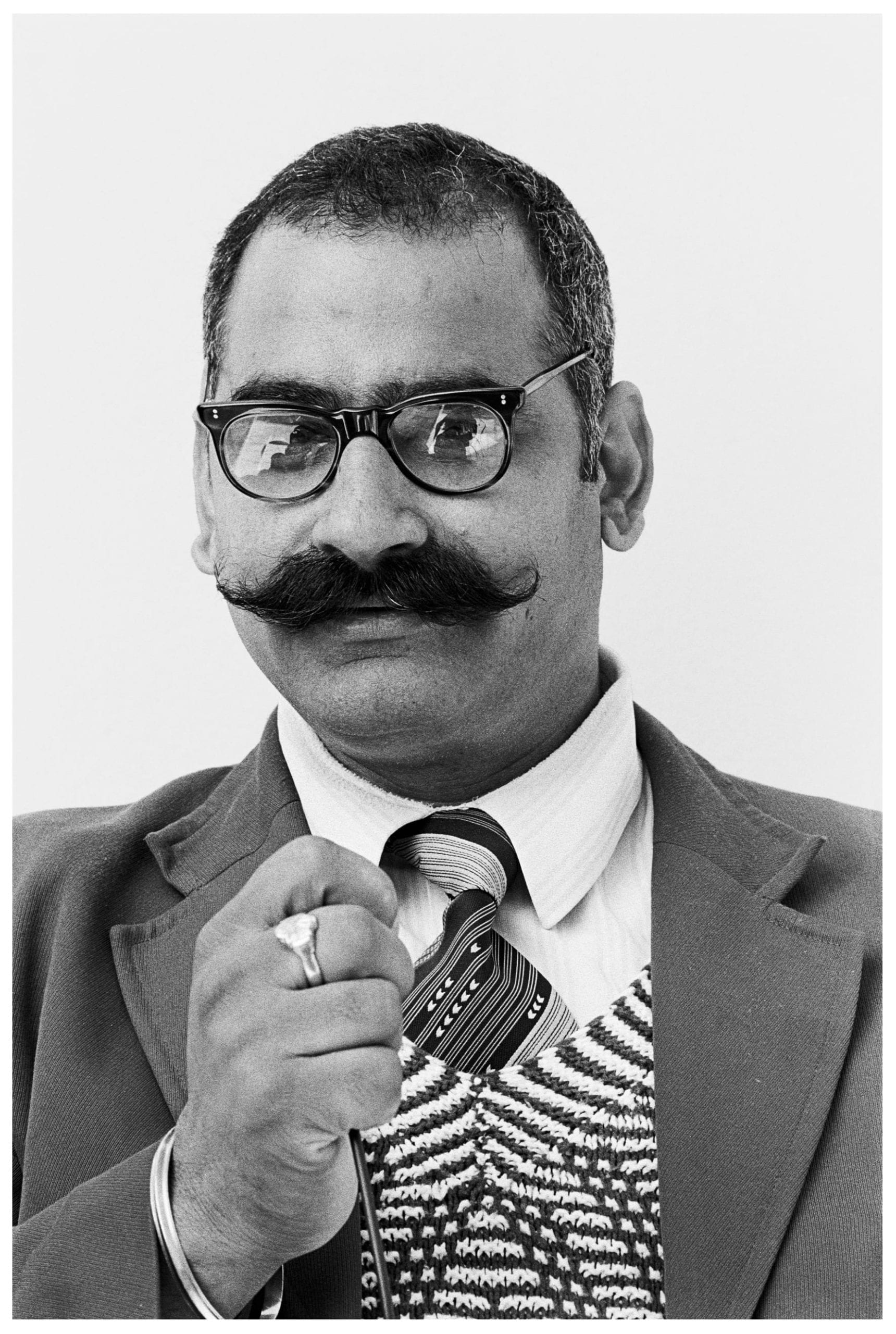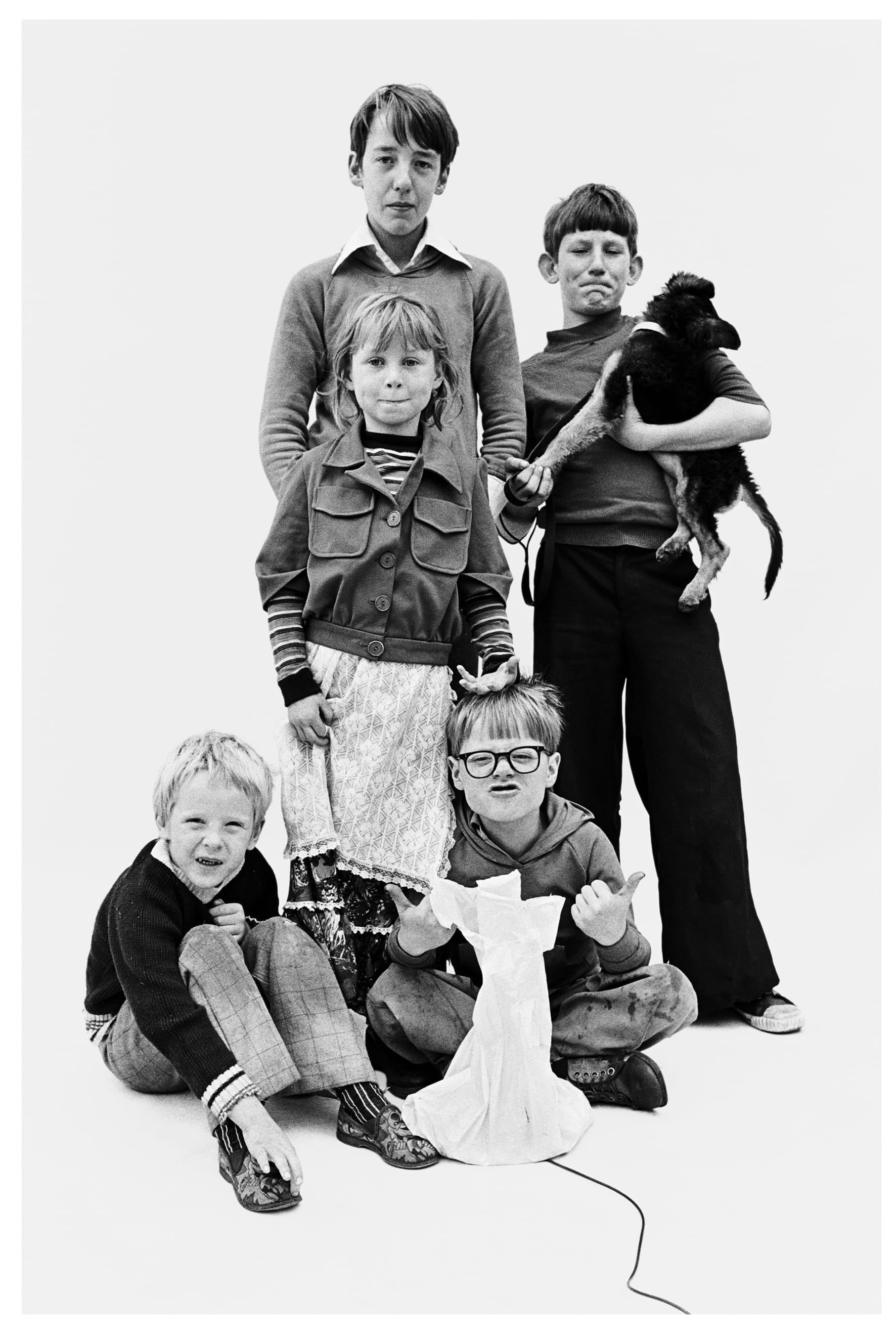1979 was an interesting time in the UK – and particularly so in Birmingham, Britain’s second largest city and a place then in the process of becoming vibrantly multicultural. Margaret Thatcher had just been voted in as Prime Minister, a right-wing Conservative leader who won on an anti-immigration ticket.
“There was a committee which looked at it and said that if we went on as we are then by the end of the century there would be four million people of the new Commonwealth or Pakistan here,” she said in an interview with Granada TV in 1978, in the run-up to the election. “Now, that is an awful lot and I think it means that people are really rather afraid that this country might be rather swamped by people with a different culture.”
In 1968, Conservative MP Enoch Powell had made his infamous “rivers of blood” speech at a meeting of the Conservative Political Centre in Birmingham, calling for strict immigration controls and arguing that “native-born” Britons had become “strangers in their own country”. In 1976, Eric Clapton had provoked outrage at a gig, also in Birmingham, when he announced that Britain was in danger of becoming a “black colony”, and shouted the National Front slogan “Keep Britain white!”.
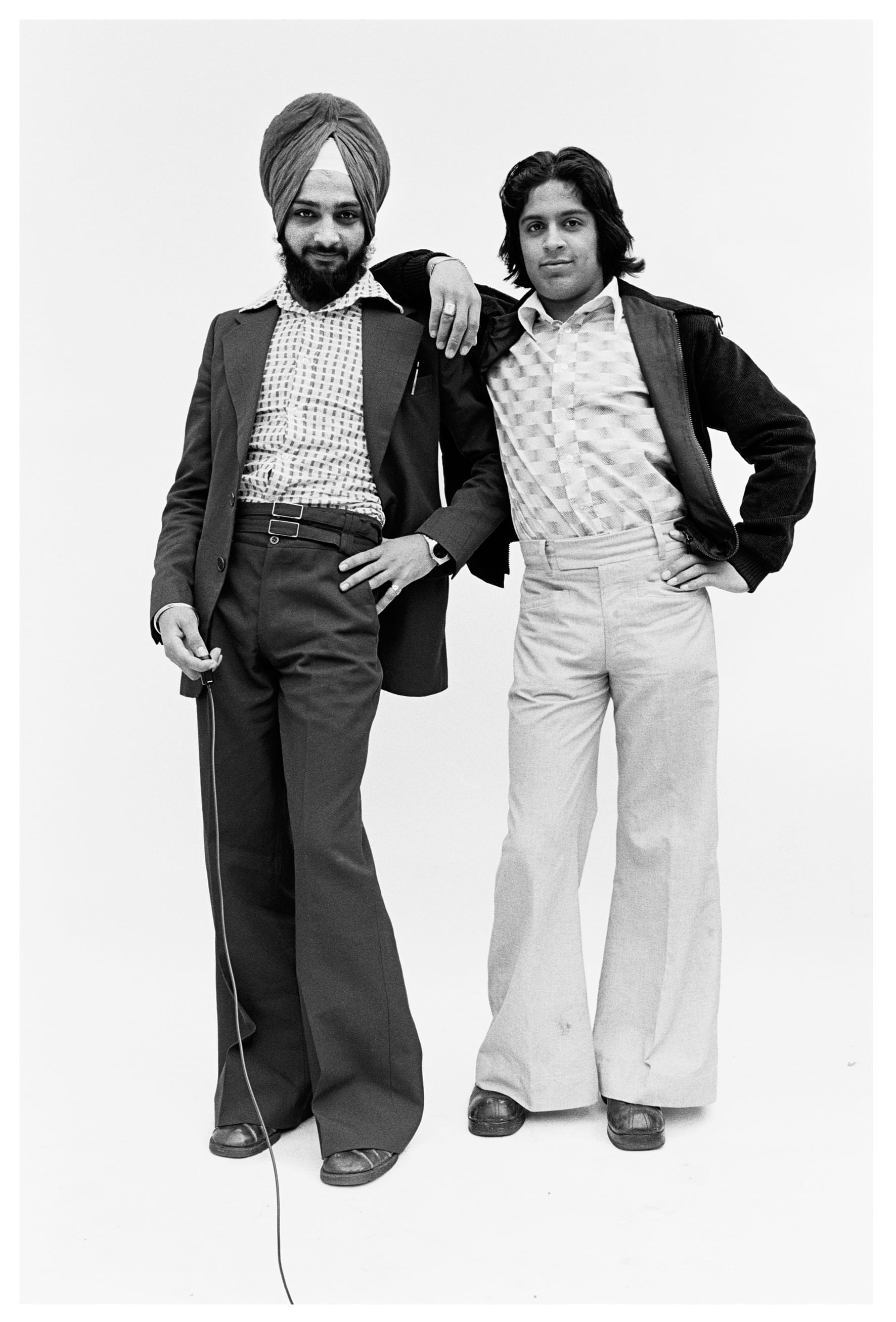
So it’s not surprising that when three white guys – Derek Bishton, John Reardon, and Brian Homer – set up a photography and design agency in the late 1970s in Handsworth, an inner-city district of Birmingham that was particularly multicultural, they were viewed with suspicion. “I lived in Handsworth and walked to work with my camera, and I felt people were looking at me as if to say ’Who is this white guy, is he working for the police?’” says Bishton. “As I started to take photographs I was aware of this problem.”
Their agency, Sidelines, had been set up to work with community groups on issues such as social justice housing, unemployment and immigration though, so the photographers were keen to win the locals’ trust. Discussing it in their office, a converted terraced house on a busy shopping street in Handsworth, Bishton happened to find a photograph in Camerawork Magazine, showing a Ukranian woman who had photographed herself in a portrait studio set up by American photographer David Attie. It was, he realised, the perfect solution – and one which their office was seemingly built for.
“There was lots of discussion in the 1970s about documentary photography and how it represented people,” says Bishton. “We wanted to get people to take their own portraits, to give them the opportunity to represent themselves to the camera. That was very important – that we allow people to put themselves in the frame. We were in a little end-of-terrace house opposite the shops, and instead of a front garden we had an area of blue engineering bricks. There was no front wall onto the street, so we could put a studio outside, right on the street.”
Liaising with the Asian Resource Centre they got two signs painted up, explaining what they were doing in Punjabi and Urdu – as well as English – and offering passersby a free print if they took a photograph of themselves in the improvised portrait studio. Initially the set up was quite simple, just a Nikon on a tripod and a white sheet as a backdrop, but over the course of the portrait studio it became more elaborate – the backdrop evolving into a big roll of photo paper so that it could be pulled out to allow for full-length portraits, and a frame covered in tracing paper serving to soften the light on bright days.
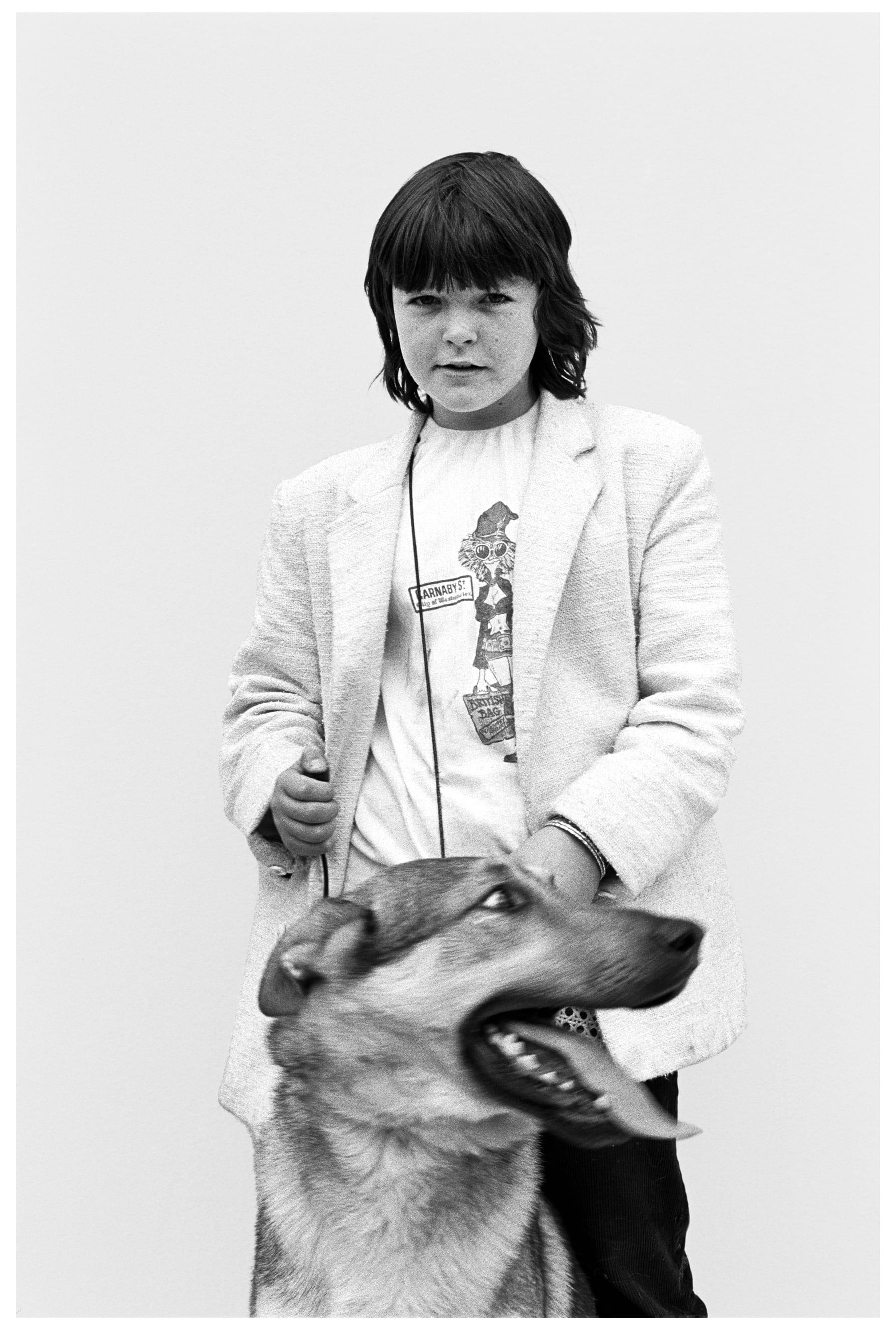
“The first one was on a Saturday in August 1979, and we realised we had got beautiful lighting that day quite by chance,” says Bishton. “So then we thought about how to control it, creating a big frame with tracing paper so that, if the sun came out, we could manipulate it to ensure soft light. And then we got fed up with just shooing 3/4 length, so we splashed out on the photo paper so that we could shoot full-length portraits. The last two weeks were all full-length portraits.”
The backdrop they felt was essential though, as it helped put the focus on the people, rather than the rather run-down area in which they lived. Handsworth was at the time “very negatively represented in the mainstream media”, says Bishton, and some of the area’s perceived failings had become associated with its residents. “We wanted to isolate the people, give them the opportunity to represent themselves without the distraction of the built environment,” he adds. “That was very important.”
The first week was something of an experiment but, with people passing by on the the bus or on their way to the shops, it soon attracted attention. Perhaps inevitably the first to give it a whirl were groups of kids, “trying it out for a bit of a laugh” but, as they went home and told their families about it, the grown ups also got curious. At this time, cameras were much rarer than now – particularly in a hard-up, inner-city community – so the prospect of a free print was also a big draw.
“At that time, the only photographs they had were very formal portraits, which people took when they had arrived from the Caribbean, or wherever, to send back home,” says Bishton. “That or passport photos.”
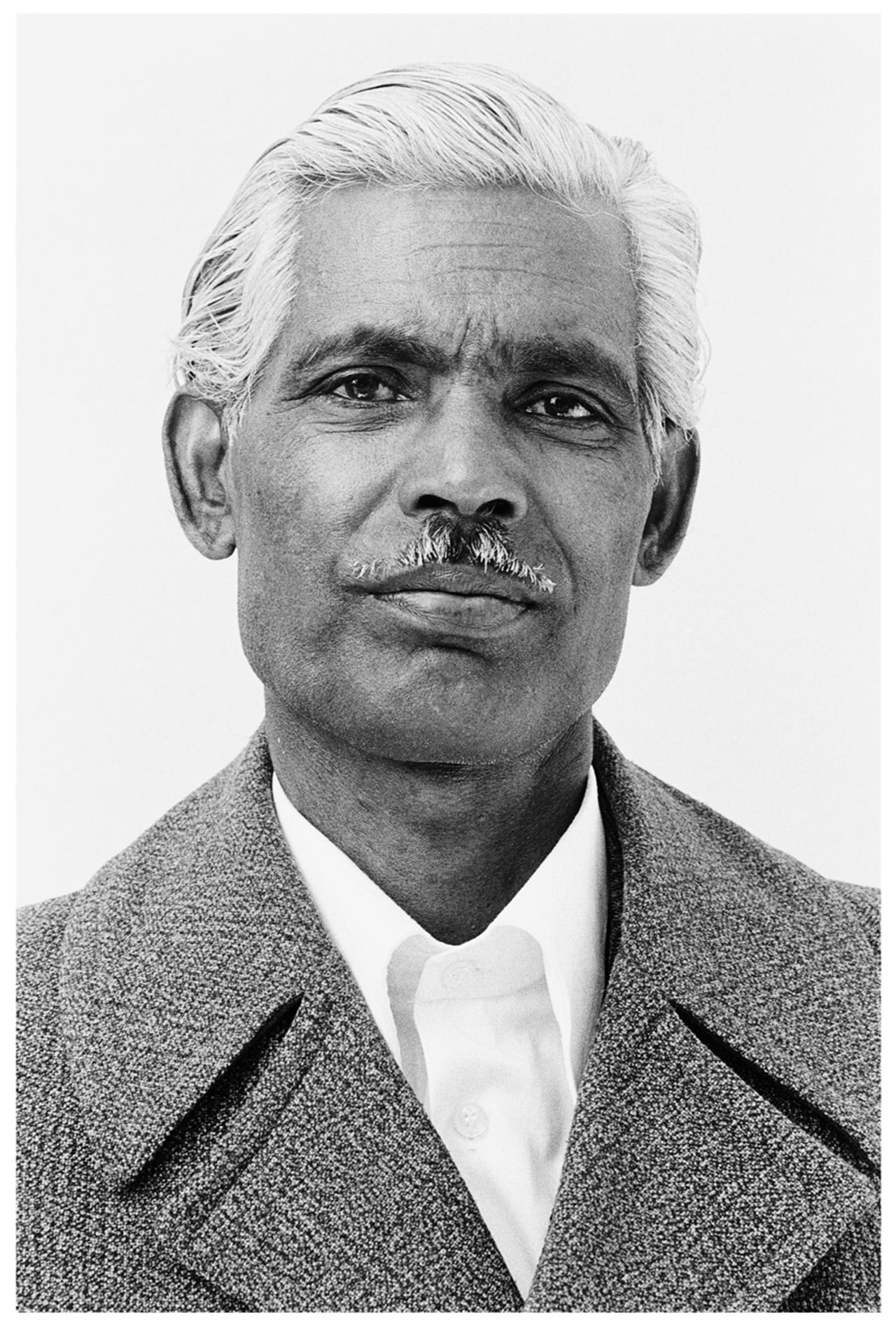
Exposing about 10 rolls of film on the first day, Reardon processed the films the following week, and the group quickly realised the value of what they had done. “When we got hold of the contact sheets, we were knocked out by the diversity of the people and the way they had pictured themselves – so natural and dignified,” says Bishton. “It was visually so powerful.
“Handsworth was just one of those areas where everybody had concentrated, it was one of the first multicultural societies [in the UK],” he adds. “It had a really diverse community in those days – a large Afro-Caribbean community, large Punjabi, large Pakistani, and obviously still had a large white community as well. There was a real diversity of people, and we pictured the arrival of that.
“For a lot of the country, it wasn’t so apparent but in Handsworth it was so visually obvious what was happening, this moment when Britain became multicultural. We were just fortunate that it was taking place right outside our front door.”
In total they ran the portrait studio for five days – four Saturdays and one Sunday – photographing about 500 people in total, and creating a reference book from the contact sheets so that anyone who wanted could get a print of themselves. Reardon printed up 44 pictures for an exhibition, “which we thought was a representative sample of the diversity of people who had taken part”, and which was shown in galleries Birmingham and Nottingham, and in “a few schools and community places in Handsworth”.
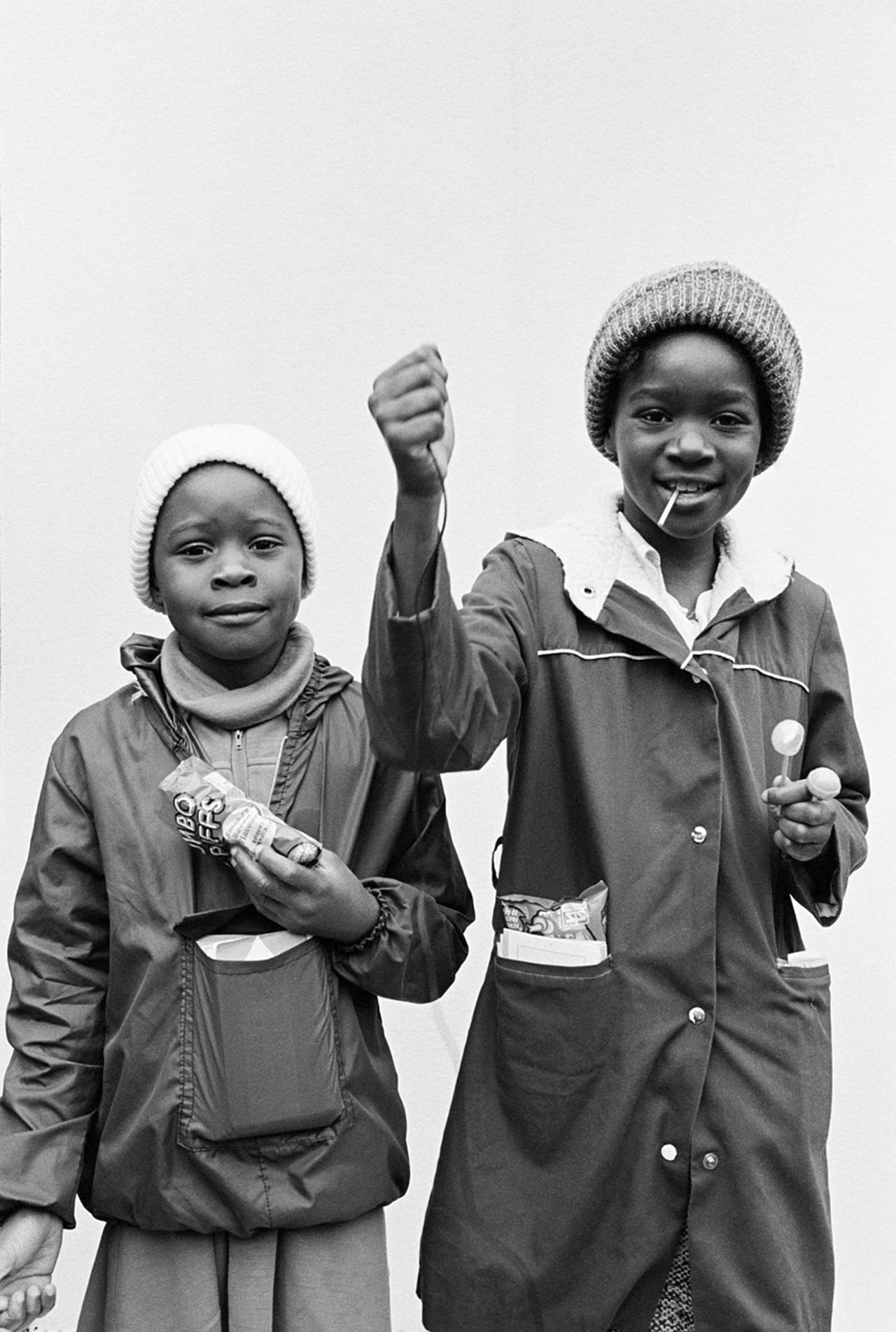
Then it all went into boxes and that was that – that is, until now. Now Birmingham’s MAC is showing the original prints once more, plus just over 200 new prints, including large vinyls and a mosaic that will cover an entire wall. Bishton is hopeful that many of those who originally took part will come back, and is keen to hear how their lives have panned out since – one young girl he photographed in 1979 went on to work with the Asian Dance Company, for example.
“She photographed herself with her twin sister, they started with their backs to the camera then jumped around to take the portrait,” he says. “So I think she obviously had a sense of the dramatic even then.”
But even more than this, he’s happy to show the work again in 2019 – as a positive gesture at a time when Brexit threatens to tear the UK apart and a new wave of racism is sweeping the country. “I come from a perspective and background and generation of people who saw the rise of multiculturalism as almost the rebirth of the UK,” he says. “By and large, multiculturalism has enriched our society, and made Britain a better and more interesting place to live.
“If we were to go back to the 1960s and 70s, we were so ignorant about Britain’s Imperialist history,” he continues. “People were, and still are, so ignorant of the facts, of why all these people were coming from the Caribbean and India – they just didn’t know their history or how Britain had affected these countries and made them all British citizens. As Ambalavaner Sivanandan said, ‘We’re here because you were there’.”
Handsworth Self Portrait: 40 Years On by Derek Bishton, Brian Homer and John Reardon is on show from 23 March to 02 June at Arena Gallery and MAC Café, Midlands Arts Centre, Cannon Hill Park, Birmingham, B12 9QH https://macbirmingham.co.uk
